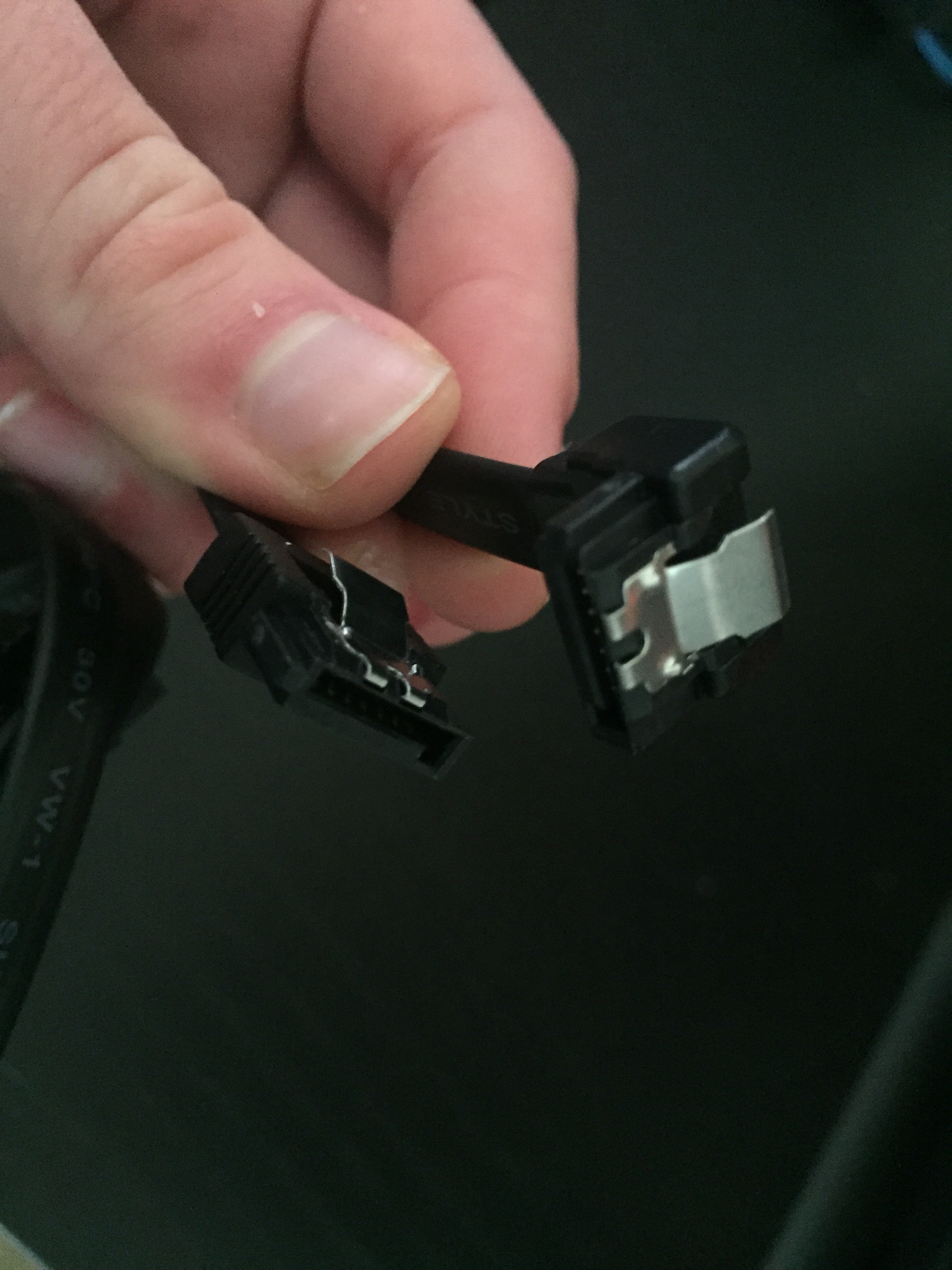Hi all!
So for all of the systems I have had I have always used an HDD drive but I want to upgrade to an SSD, but I haven't done anything like this before . So I was planning to keep my HDD drive as a secondary drive to store pictures, videos, and other files on it and have the SSD as the boot drive and so forth. So from what I have gathered online this is what I should do; I would first put windows 10 on a USB stick using the mediacreationtool from Microsoft. Than I would shutdown my PC. After it is powered off I would than unplug my HDD and plug in my new SSD. After the SSD is plugged in I would than plug in the flash drive to the computer and turn on the PC, following the instructions. So than after I have loaded up windows, to the extent where I have access to the desktop, I would than turn off my PC once again, plugging in my old HDD, turning on my PC, than instead of loading up the desktop I would go into the BIOS find and select the option to boot from the SSD. After that, continue to the desktop, open up the HDD and delete the old os from the HDD.
Don't know if that is the correct way of doing it. Also this was the SSD I was going to get https://www.newegg.ca/Product/Product.aspx?Item=9SIADGE8TY8331&ignorebbr=1 and just to make sure is this compatible with my mobo/system?
My system:
CPU: Intel Core i7-8700 @ 3.20GHz
RAM: 16.0GB Dual-channel https://www.newegg.ca/Product/Product.aspx?Item=N82E16820232242
MOBO: Gigabyte B360 Arous gaming 3 https://www.newegg.ca/Product/Product.aspx?Item=N82E16813145061
GPU: NVIDIA GeForce GTX 1060 6GB
CPU Cooler: CORSAIR HYDRO SERIES H75 AIO Liquid CPU Cooler
Also, I have a vertical drive bay at the bottom of my computer, which can hold three drives. Should I get one of these https://www.newegg.ca/Product/Product.aspx?Item=N82E16817997037&ignorebbr=1 so the SSD can fit in the bay? here is my case and some images of the bay https://www.evetech.co.za/PC-Hardware/thermaltake-core-x31-rgb-edition-gaming-pc-case-2027.aspx
Any suggestions, tips, and information would be great!
Thanks.
So for all of the systems I have had I have always used an HDD drive but I want to upgrade to an SSD, but I haven't done anything like this before . So I was planning to keep my HDD drive as a secondary drive to store pictures, videos, and other files on it and have the SSD as the boot drive and so forth. So from what I have gathered online this is what I should do; I would first put windows 10 on a USB stick using the mediacreationtool from Microsoft. Than I would shutdown my PC. After it is powered off I would than unplug my HDD and plug in my new SSD. After the SSD is plugged in I would than plug in the flash drive to the computer and turn on the PC, following the instructions. So than after I have loaded up windows, to the extent where I have access to the desktop, I would than turn off my PC once again, plugging in my old HDD, turning on my PC, than instead of loading up the desktop I would go into the BIOS find and select the option to boot from the SSD. After that, continue to the desktop, open up the HDD and delete the old os from the HDD.
Don't know if that is the correct way of doing it. Also this was the SSD I was going to get https://www.newegg.ca/Product/Product.aspx?Item=9SIADGE8TY8331&ignorebbr=1 and just to make sure is this compatible with my mobo/system?
My system:
CPU: Intel Core i7-8700 @ 3.20GHz
RAM: 16.0GB Dual-channel https://www.newegg.ca/Product/Product.aspx?Item=N82E16820232242
MOBO: Gigabyte B360 Arous gaming 3 https://www.newegg.ca/Product/Product.aspx?Item=N82E16813145061
GPU: NVIDIA GeForce GTX 1060 6GB
CPU Cooler: CORSAIR HYDRO SERIES H75 AIO Liquid CPU Cooler
Also, I have a vertical drive bay at the bottom of my computer, which can hold three drives. Should I get one of these https://www.newegg.ca/Product/Product.aspx?Item=N82E16817997037&ignorebbr=1 so the SSD can fit in the bay? here is my case and some images of the bay https://www.evetech.co.za/PC-Hardware/thermaltake-core-x31-rgb-edition-gaming-pc-case-2027.aspx
Any suggestions, tips, and information would be great!
Thanks.




